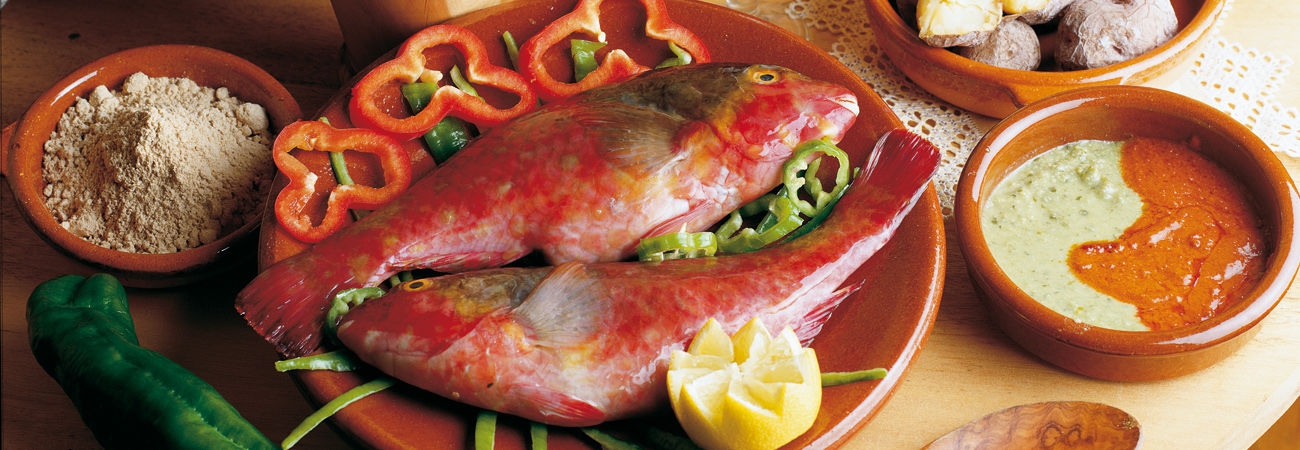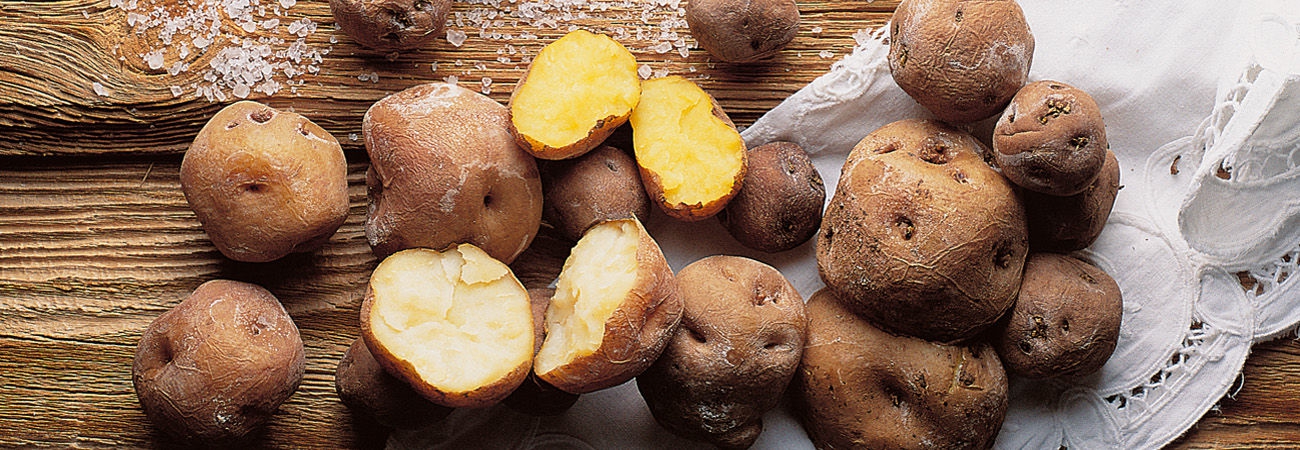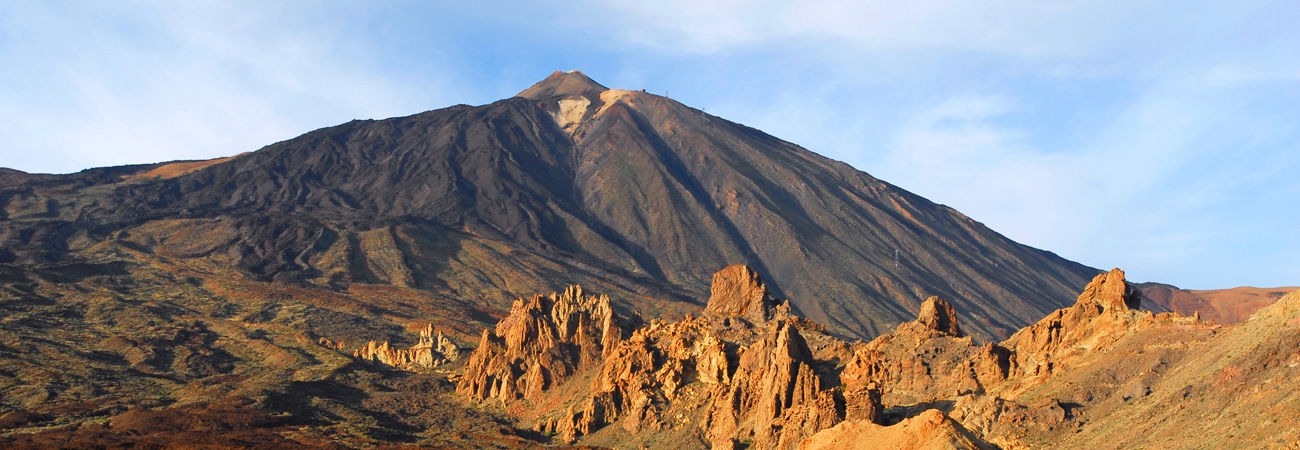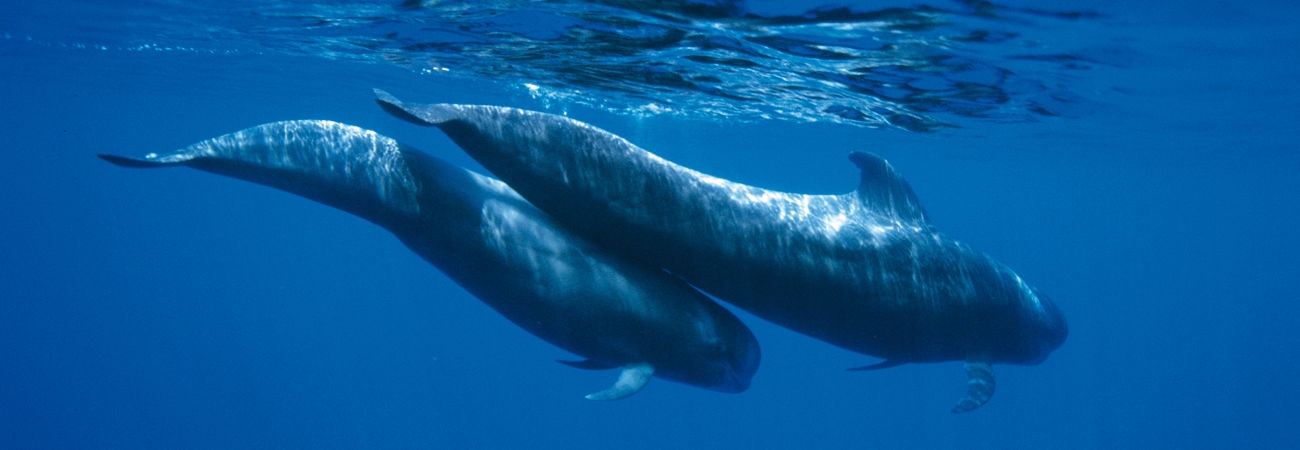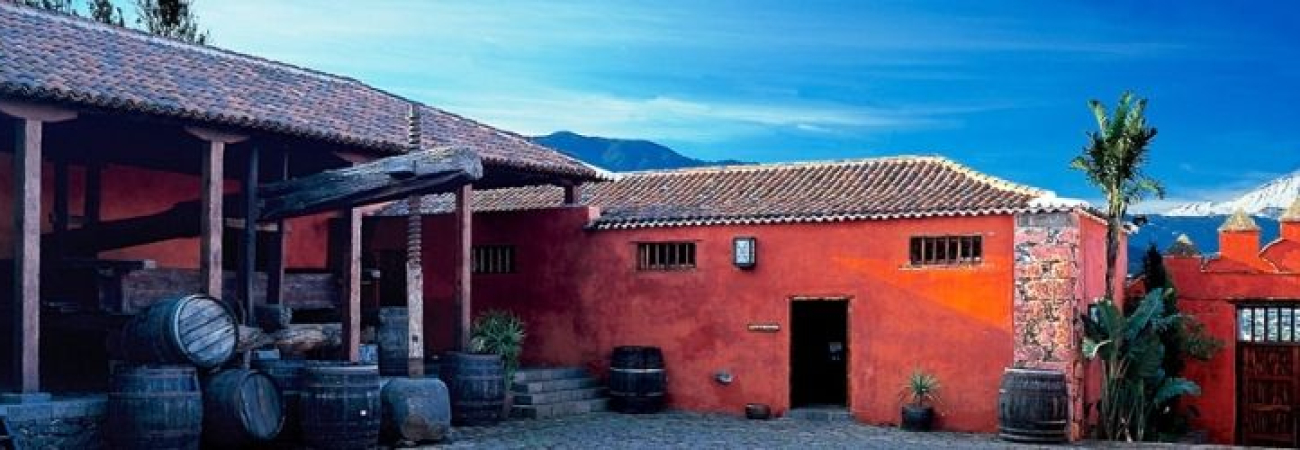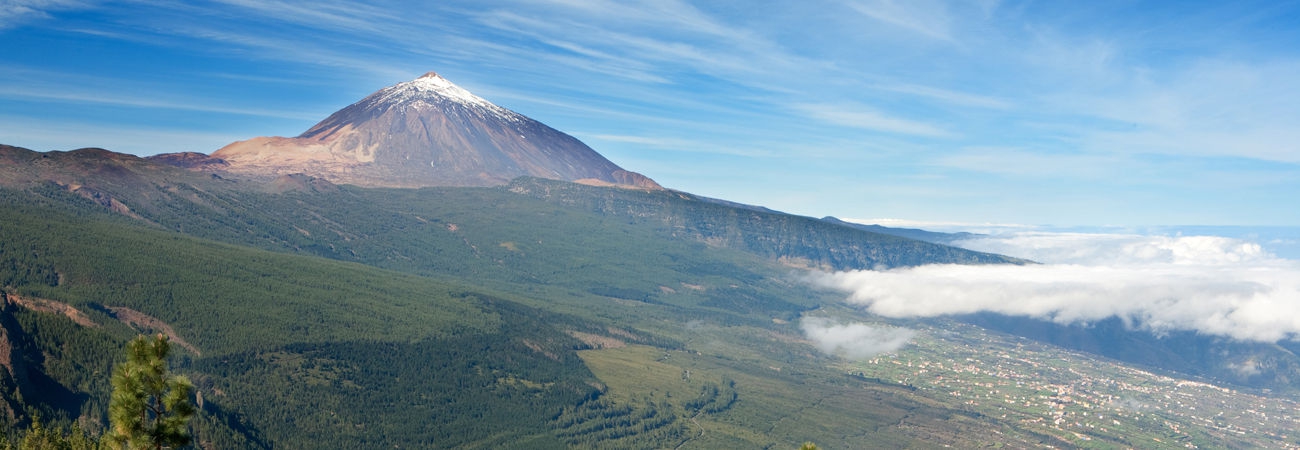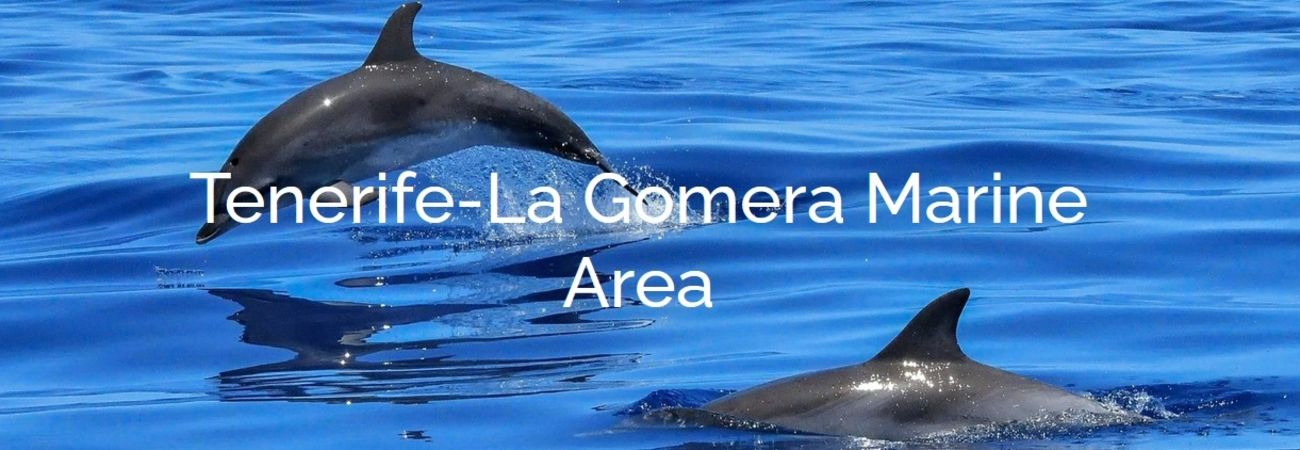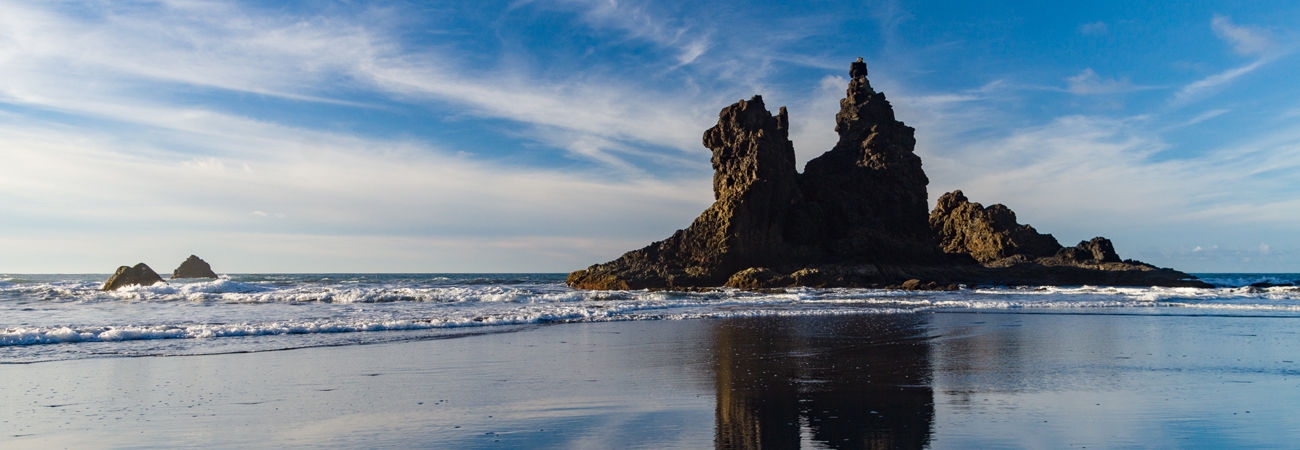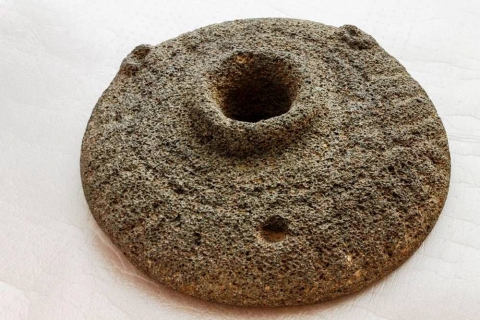The Guanches
The ancient inhabitants of Tenerife, before the European conquest at the end of the 15th Century, are known by the name of Guanches. Archaeological data concludes that they did not arrive on the island before the mid-centuries of the first millennium B.C. There is currently a lively debate regarding the motivation and the circumstances behind the colonisation process, and it is seemingly more and more apparent that the fishing villages of the western Mediterranean, the Phoenicians, Punics and Romans, were the drivers of this process.
This people remained on the Island for almost twenty centuries, leaving an endless number of material traces that make up a valuable archaeological heritage, reflecting their way of life, their livelihood, their beliefs and the way they adapted to a territory which is much less "fortunate" than we often think.
The Guanches occupied the entire island, making use of the different resources offered by their surroundings. Today there is archaeological evidence of the cultivation of wheat, beans, peas and vines, while farming and, to a lesser extent, fishing and marine harvesting seem to have been the basic activities for survival. At present, material testimonies have been preserved regarding this intensive use of the land. This is the case of stone enclosures for farming, the "tagoras", or small structures used by shepherds while watching over their herd; and the "concheros", piles of shells of marine molluscs, which demonstrate the thorough exploitation of the coast by the aborigines.
Settlement sites are also distributed widely over island territory, with a distinction between permanent settlement sites and those of a sporadic or seasonal nature. Permanent sites were selected based on essential aspects for everyday life, such as the availability of water, accessibility, the abundance of land for cultivation and grasslands and other resources. Preferred locations included the riverbeds of ravines, such as that of La Arena in La Orotava, in sloped areas, such as Icod, or in the upper tract of coastal cliffs, such as those of Acentejo or San Juan de la Rambla.
Based on what we know of aboriginal culture, natural caves were the predominant settlement sites. In many ravines, the numerous natural caves open along the riverbeds became authentic villages, in which only the cavities with the best living conditions were selected for this use. Without ruling out the existence of artificial caves carved into the tuff deposits which are so frequent in the south of the island, the remaining aboriginal settlements are surface structures, such as circular or oval cabins, built with dry stone and covered with perishable materials. Located in all areas of the island, it is on the southern slopes where there is evidence of a greater number, demonstrating a varying degree of grouping. Today, the Malpaís de la Rasca is the best example of a concentration of pre-Hispanic cabins on the island.
A large collection of artefacts and utensils made with different raw materials has been preserved, to demonstrate the daily life of the Guanches and as evidence of the different activities carried out by this people. Stone tools, made of basalt and obsidian, were used for a wide variety of purposes, serving as cutting or abrasion instruments, for work with wood, leather, and bone and also for culinary uses. The characteristic circular mills were also made with stone, used for grinding vegetable products to be prepared as food.
The utensils made of bone are also varied, but particularly noteworthy are punches for textile work, or ceramic decoration, as well as needles, spatulas or straighteners, and hooks, in this case, made with goat horns. There is an even wider variety of wooden objects, including a selection of rods and batons, such as shepherd's crooks, throwing weapons and spears.
Finally, we cannot forget the wide range of ceramic vases, used for storing water and food, as well as for preparing food. Made in rudimentary ovens, following a technique which has lasted to the present day, the vases have a wide range of shapes and sizes, and their sparse decoration is significant.
No less unique, as well as unknown, is the world of beliefs and the supernatural. The caves were systematically used as collective sepulchral areas, as evidenced by numerous hollows containing several bodies and their corresponding grave goods, made up of stone pieces, ceramic fragments, wildlife remains and osseous instruments. Despite being the most surprising remnant of the aboriginal culture, mummification was not particularly widespread. The few testimonies preserved reflect an external treatment of the bodies using preservative substances and shrouds of leather covering the bodies.
Traditionally, archaeological research has linked the cave engravings to the magical and religious world of the Guanches. The remains of tunnels, called "cazoletas", and canals, which make up a complex network of interconnected canals and holes, have been interpreted as areas of worship to carry out rituals involving the spillage of some type of liquid for propitiatory purposes. Some of these sites are really quite spectacular, such as those of Pico Yeje, in Masca or Guasiegre, in Arico.
Other places with engravings show a certain variety of motifs. Created by incisions in the surface of the rock, the overwhelming predominance of geometric symbols (linear and cross-linked) is clear, with fewer examples of figurative motifs which are difficult to interpret.
This valuable archaeological heritage is highly protected by the Historical Heritage Law of the Canary Islands.







